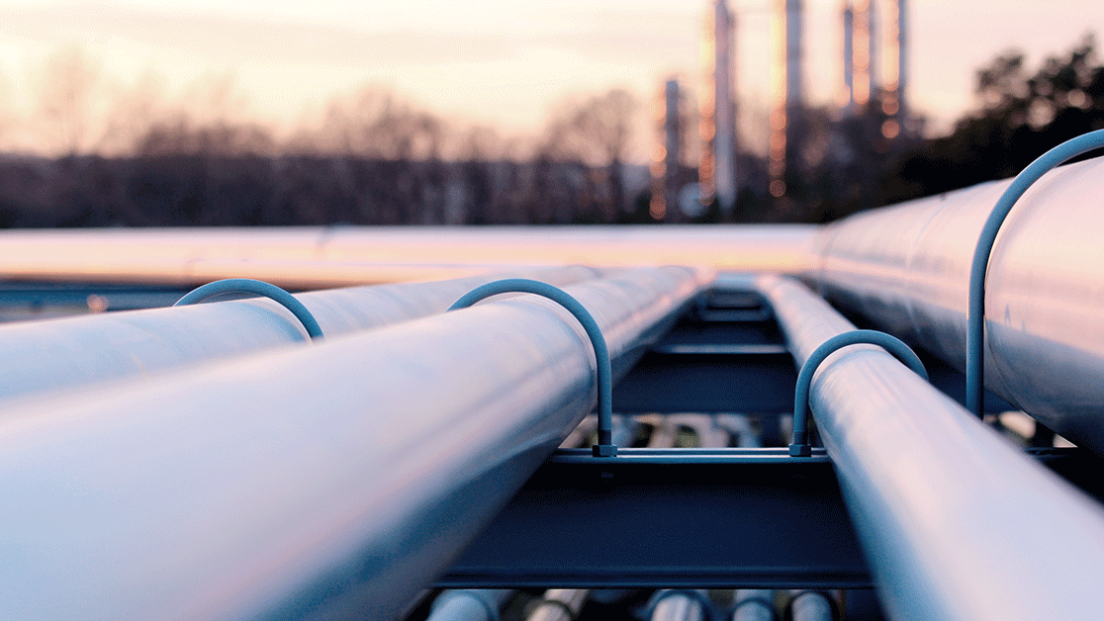Switzerland has great potential for geothermal energy

Switzerland has considerable capacities for storing CO2 and for using near-surface geothermal energy. This emerges from a report by Professor Lyesse Laloui from the Swiss Federal Institute of Technology in Lausanne (EPFL).
Switzerland has considerable potential in the use of alternative energy sources such as geothermal energy and in the underground storage of CO2. This emerges from a press release from the Swiss Federal Institute of Technology in Lausanne ( EPFL ). Professor Lyesse Laloui from the Faculty of Architecture, Civil and Environmental Engineering ( ENAC ) at EPFL was head of the research group on geoenergy as part of the Innosuisse Energy funding program, which ran from 2013 to 2020. Eight competence centers have been set up. EPFL played a leading role in the field of geoenergy. Laloui is the author of the chapter on this in the final report of Innosuisse.
Lyesse Laloui sees great potential for the use of geothermal energy. The Swiss government has set the target for 2035 of generating 11 percent of the energy used for heating and cooling buildings from geothermal energy. Laloui assumes over 20 percent. “The project results show that this share could easily be doubled,” he is quoted in the communication. The possibilities of using geothermal energy to generate electricity were also examined. Laloui points out problems such as drilling deep without triggering seismic movements. “One day we will surely make it, but we are not there yet.”
According to the Lalouis report, there are good opportunities for the underground storage of CO2 emissions in Switzerland, especially in the Central Plateau from Friborg to Zurich. Professor Laloui is quoted as saying that of the around 40 million tonnes of CO2 equivalent that are emitted in Switzerland every year, around 12 million could be stored underground.